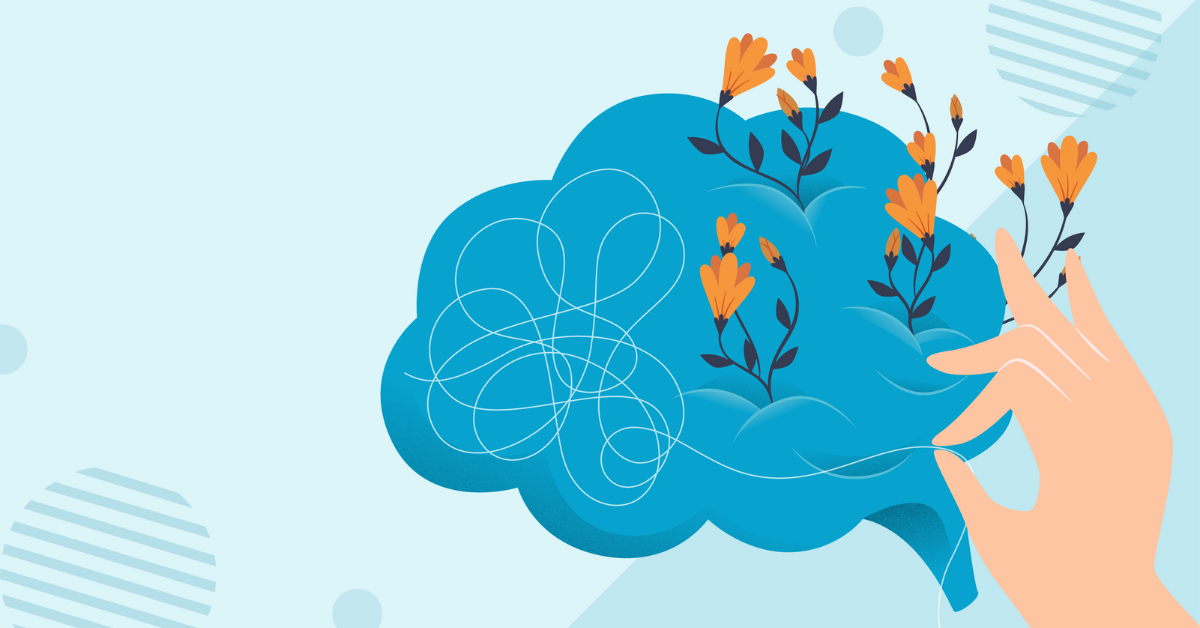If you've heard the phrase "positive psychology" tossed about but aren't sure what it means, you've come to the right spot! There are several frequent misunderstandings regarding positive psychology, including what it is and is not.
To clear up some of these misconceptions and give a concise but thorough introduction of the topic, we've put together this article that focuses on defining and summarizing the positive psychology movement.
We recommend downloading our three free Positive Psychology Exercises first. These science-based activities will cover core areas of positive psychology, such as strengths, values, and self-compassion, and will provide you with skills to improve the well-being of your customers, students, or workers.
What is Positive Psychology: A Definition

Positive psychology has been characterized in various ways and with numerous terms, but the most widely recognized description of the discipline is this:Positive psychology is a scientific approach to studying human thoughts, feelings, and behavior that focuses on strengths rather than weaknesses, building the good instead of repairing the bad, and elevating the lives of average people to "great" rather than just moving those struggling to "normal" (Peterson, 2008).
What Positive Psychology Focuses on in a Nutshell
Positive psychology focuses on the positive events and influences in life, including:
- Positive experiences (like happiness, joy, inspiration, and love).
- Positive states and traits (like gratitude, resilience, and compassion).
- Positive institutions (applying positive principles within entire organizations and institutions).
Positive psychology focuses on subjects such as character strengths, optimism, life satisfaction, happiness, wellness, gratitude, compassion (including self-compassion), self-esteem, confidence, hope, and elevation.
These themes are explored in order to understand how to help individuals thrive and live their best lives.
On the Founder: Martin Seligman
Even if you were unfamiliar with the positive psychology movement before today, you may have heard his name at some time. Seligman's research in the 1960s and 1970s created the groundwork for the widely accepted psychology notion of "learned helplessness."
This idea, which is supported by decades of study, explains how people and animals may learn to be helpless and believe they have no control over what happens to them.
Seligman linked this behavior to depression, observing that many individuals who are depressed also feel powerless. His research gave inspiration, ideas, and data to support a variety of therapies for depressed symptoms, as well as measures for depression prevention.
While this is amazing on its own, Seligman recognized that he had more to give the psychological community and the world—particularly further work on the positive, uplifting, and inspirational. After establishing himself as a master of learned helplessness, he expanded his focus to include additional learnable qualities, attributes, and views.
9 Benefits of Positive Psychology
Since you're reading this, you're probably already aware that Seligman and Csikszentmihalyi's attempt was a huge success.The abundance of initiatives and publications on positive issues has created a vast store of information on how to inspire ourselves and people around us to live the best lives possible.
It is hard to list all of the advantages of positive psychology, but we will attempt to provide a complete review of some of the most significant and important effects of positive psychology practice.
In general, the biggest potential advantage of positive psychology is that it teaches us how to change our attitude.
This is the subject of many positive psychology approaches, exercises, and even whole programs, since a seemingly little alteration in viewpoint may result in remarkable improvements in wellbeing and quality of life. Practicing optimism and thankfulness may significantly improve your view on life.
Studies and Research
Positive psychology teaches how to harness the power of shifting one’s perspective to maximize the potential for happiness in many of our everyday behaviors. For example, each of these findings gives us a concrete idea for improving our own quality of life:
- People overestimate the impact of money on their happiness by quite a lot. It does have some influence, but not nearly as much as we might think, so focusing less on attaining wealth will likely make you happier (Aknin, Norton, & Dunn, 2009);
- Spending money on experiences provides a bigger boost to happiness than spending money on material possessions (Howell & Hill, 2009);
- Gratitude is a big contributor to happiness in life, suggesting that the more we cultivate gratitude, the happier we will be (Seligman, Steen, Park, & Peterson, 2005);
- Oxytocin may provoke greater trust, empathy, and morality in humans, meaning that giving hugs or other shows of physical affection may give you a big boost to your overall wellbeing (and the wellbeing of others; Barraza & Zak, 2009);
- Those who intentionally cultivate a positive mood to match the outward emotion they need to display (i.e., in emotional labor) benefit by more genuinely experiencing the positive mood. In other words, “putting on a happy face” won’t necessarily make you feel happier, but putting in a little bit of effort likely will (Scott & Barnes, 2011);
- Happiness is contagious; those with happy friends and significant others are more likely to be happy in the future (Fowler & Christakis, 2008);
- People who perform acts of kindness towards others not only get a boost in wellbeing, they are also more accepted by their peers (Layous, Nelson, Oberle, Schonert-Reichl, & Lyubomirsky, 2012);
- Volunteering time to a cause you believe in improves your wellbeing and life satisfaction and may even reduce symptoms of depression (Jenkinson et al., 2013);
- Spending money on other people results in greater happiness for the giver (Dunn, Aknin, & Norton, 2008).

